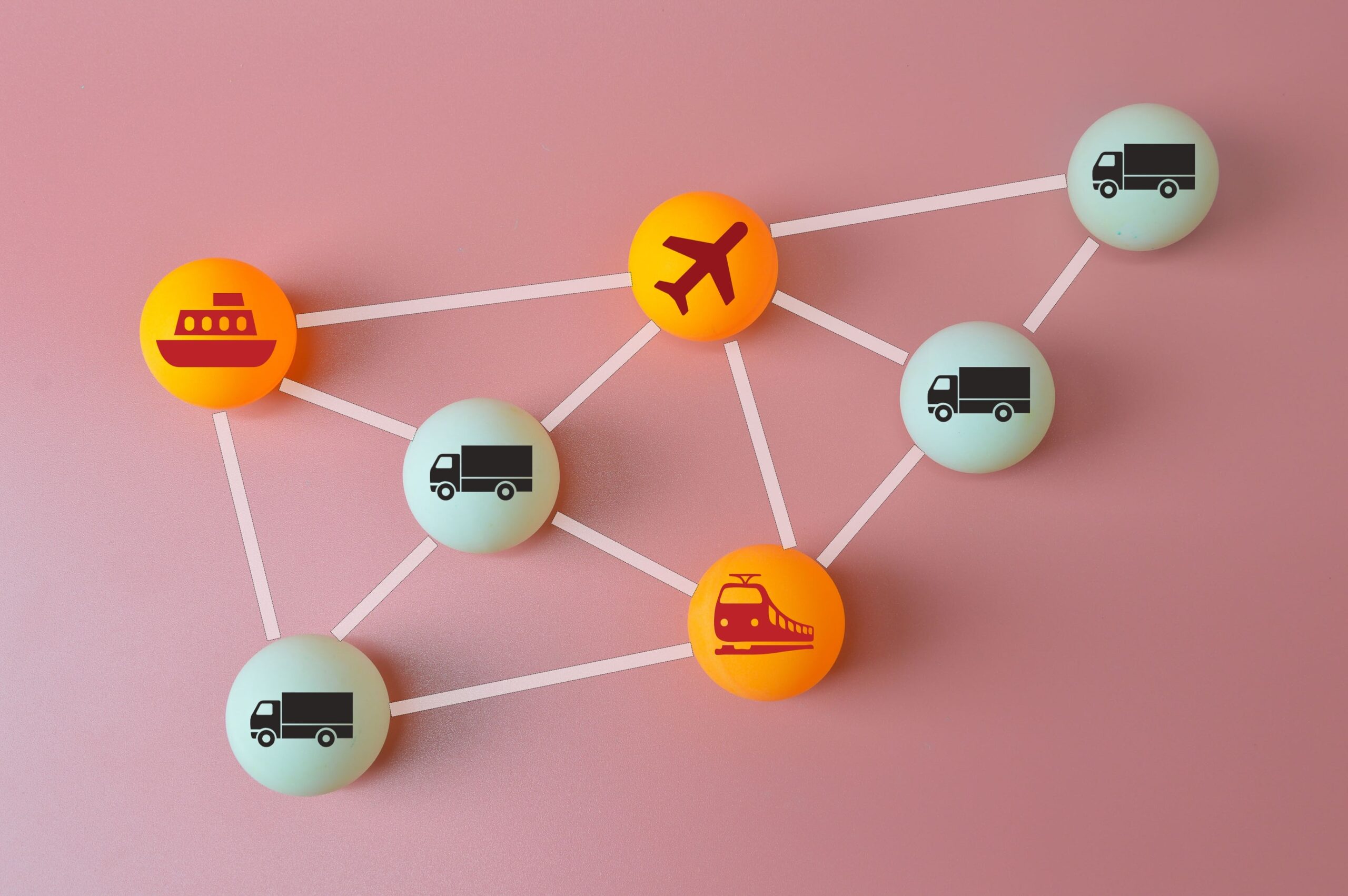

Ports are huge logistics centers, an ecosystem full of activities and movement of goods. As points of entry and exit they hold an important role in the supply chain across the globe. Effective port management and efficient operation are integral to it’s day to day operation. As ports adopt technology to aid its operation, Artificial Intelligence (AI) and Machine Learniing (ML has become an ally to boost digitisation, improve efficiency of operations, and operate a safer environment.
Providing accurate Estimate Time of Arrival (ETA) forecasts by keeping track of different vessel route and developing real-time performance forecasts to optimise berthing time and stay duration of vessels. Port management will be able to address peak operation requirements and optimise manpower hours.
With available container information, effectively monitor types of goods, stay duration in the ports, and other information that can help management better analyse and track movements of containers. This will provide opportunity to better plan and manage operation.
OCR technology is essential in the port environment. It is capable of detecting and recognising alphanumeric or symbol-based characters and linking them to digital information: container codes, wagon codes, barcodes, vehicle number plates, serial numbers and, in general, any code with a standardised structure in the logistics and port industry.
Predictive transport modelling enables intelligent analysis of delivery routes, both maritime and overland. This optimise routes and schedules, eliminate potential inefficiencies and improve overall port activity. Today, artificial intelligence algorithms have the ability to analyse all kinds of variables, from the weather to the demand for goods. Knowing this information is essential to make strategic decisions quickly.
Cut accidents and create safer working environments by setting alerts and detecting dangerous or unusual activities. AI can also improve security and cyber security, which is increasingly important in ports. All these uses lead to optimisation, sustainability and cost savings in day-to-day tasks in ports and their operations
AI and advanced analytics can provide a better picture of maritime energy efficiency from a port perspective and show how port management, port infrastructure development and port logistical systems contribute to overall maritime energy efficiency and air quality.
Use data analytics to make the right business decisions and run operations effectively. The concept is to use smart technology to increase a port’s efficiency, improve performance and economic competitiveness.
Identify gaps and opportunities for improvement in container port operations, and to stimulate a dialogue among key stakeholders for necessary improvements.
With machine vision, advanced analytics, and automated alerts, reduce workplace incidents, improve safety compliance, and increase overall safety score of port operation.
With improved efficiency ports can help reduce carbon emission from both sea and land transportation partners. Environmental sustainability efforts as well as safety improvement both contribute to ESG scores of port operation and can be monitored and effects measured.
There are numerous AI Use Cases for Port and Terminal operations that can be beneficial to port management whether it’s to improve safety, increase efficiency, and help measure ESG results.
AI Consulting Group has experienced and expert Management Consultant and AI Developers that can help you establish your AI Use Case to address your port operation requirements.
Get in touch with AI Consulting Group via email, on the phone, or in person.
Send us an email with the details of your enquiry including any attachments and we’ll contact you within 24 hours.

Call us if you have an immediate requirement and you’d like to chat to someone about your project needs or strategy.

We would be delighted to meet for a coffee, beer or a meal and discuss your requirements with you and your team.
